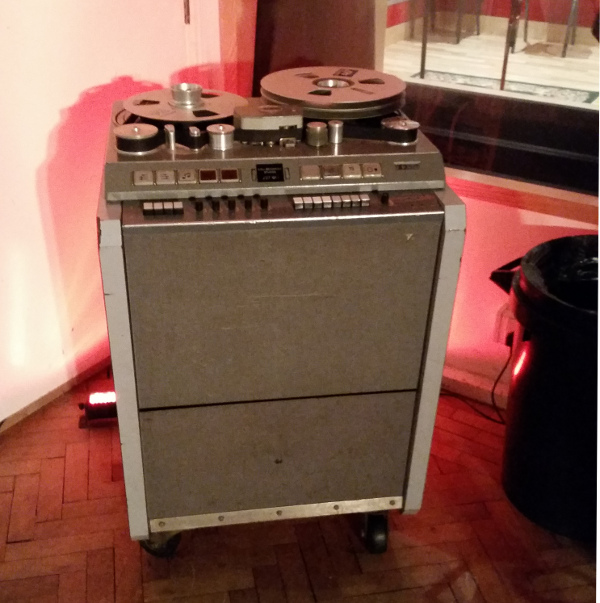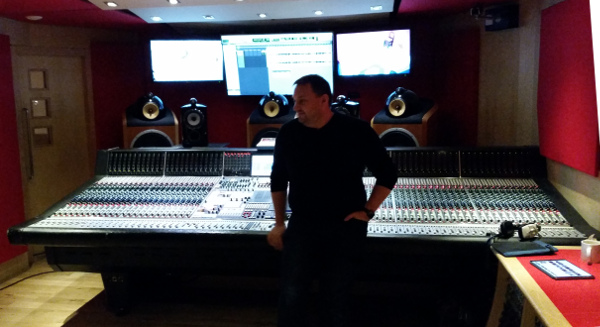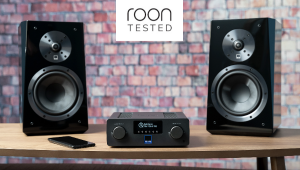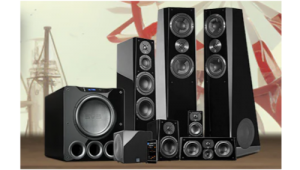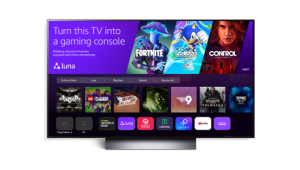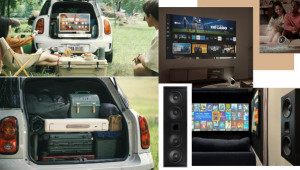Abbey Road Visited and Revisited

In what turned out to be 14-hour marathon for Harrison, he then joined John Lennon in Studio Two to work on guitar overdubs of the hypnotic riff in the extended outro of “I Want You (She's So Heavy)”. The 7:47-minute Lennon composition was the first song recorded for Abbey Road but one of the last to be finished. Released in September 1969, the album would be The Beatles’ last.
The historic significance of Studio Two is top of mind for me, having just returned from a series of press events hosted by the speaker gurus at Bowers & Wilkins in and around London. The first stop was a tour of the former EMI Recordings Studios where Bowers & Wilkins 800 Series speakers have been used since the early 1980s and where The Beatles recorded 190 of their 210 songs over an insanely productive seven-year career. In 1970, EMI Recording Studios was renamed Abbey Road Studios in a fitting tribute to the band and album that had made it famous.
Walking through the doors of Studio Two was a spiritual experience for this life-long Beatles fan. Dozens of tunes ran through my head as I imagined myself standing next to the boys in the hallowed space, which looks much like it did back in the day thanks to an ongoing effort to preserve the room’s acoustical character. From “Love Me Do” to “Eleanor Rigby” to “Come Together,” Studio Two was the stage for an ever-evolving musical journey, the likes of which we will not see again but will continue to enjoy for generations to come through a unique catalog of original recordings that have been meticulously preserved.
I would have been content just standing there, taking in the vibe of Studio Two and listening to the rapid-fire stories told by our gracious tour guide, Jeremy Huffelmann, but the Abbey Road staff had sweetened the deal by pulling out for display vintage gear used by The Beatles, Pink Floyd, and countless other musical legends who recorded in this space. In one corner was the four-track Studer tape machine used to record Sgt. Pepper’s Lonely Hearts Club Band, in the other was the early eight-track mixing console used to mix Abbey Road and parts of Pink Floyd’s landmark album Dark Side of the Moon.
Across the room, arranged in an arc were three pianos, an organ, and a large, wood-encased Leslie speaker (the one Harrison used when he laid down the guitar solo for “Old Brown Shoe”). But most intriguing was the upright honky-tonk style piano Paul McCartney played on “Lady Madonna” and “Ob-La-Di, Ob-La-Da” and one of the three pianos used to simultaneously play the sustained E chord at the end of “A Day In The Life.” My thought at the time: Someone pinch me, please.
Here are a few photos I snapped on my aging Samsung Galaxy (apologies for the lackluster quality).



